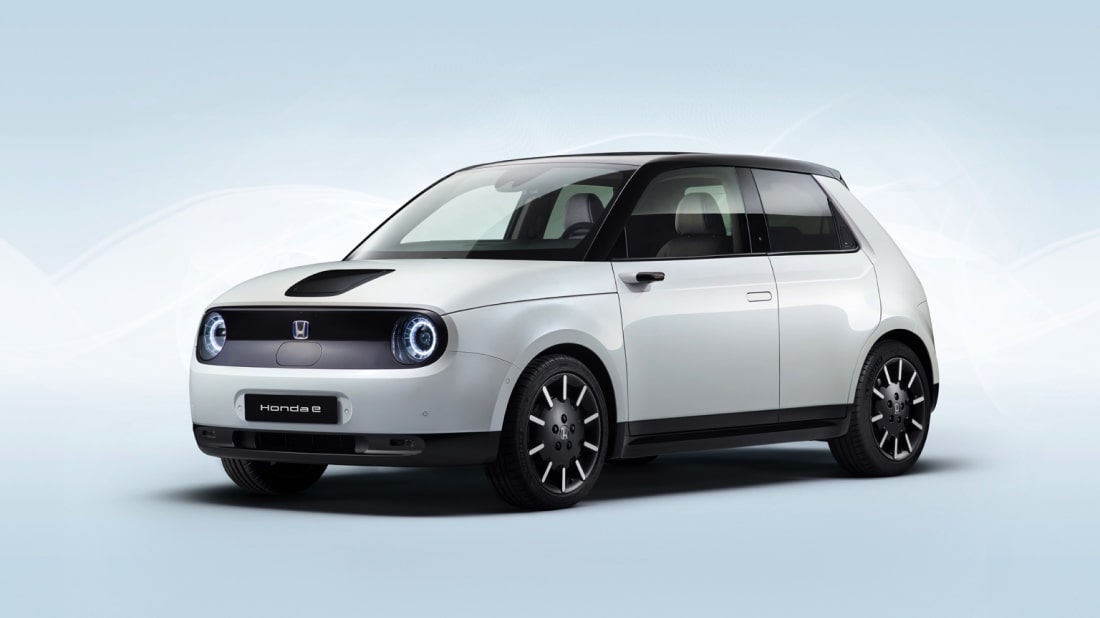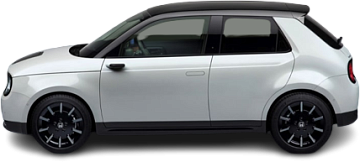EURO 1-phase 10A
- Socket specs
Socket specs
- 230 V, 10 A, 1-phase
- Socket output
Socket output
- 2.3 kW
- Charging 20-80%
Charging 20-80%
- 08 h 16 min (~16 km/h)


The Honda e Advance is an all-electric rear-wheel drive hatchback. It came out in 2020.
The Honda e Advance has a 35.5 kWh battery pack, allowing it to travel up to 189 km on a single charge. The car has an average efficiency of 15.1 kWh per 100 km (or 151 Wh/km) — ranked №531 out of 586 electric vehicles.
The Honda e Advance achieves a 0 to 100 km/h acceleration in 8.3 seconds (placing it at №382 among 586 electric vehicles) and attains a maximum speed of 145 km/h.
Its powertrain provides a power output of up to 113 kW (152 hp) and a torque of 315 Nm.
The real-world range of the Honda e Advance is 170–208 km (ranked №531 out of 586 electric vehicles) — depending on several factors, including:
It's important to remember that these are just estimates, and your actual range may vary. It's always best to factor in these various factors when planning your trip and be prepared for potential charging stops.
Plan your trips using the EV Navigation interactive map.
In Europe Honda e Advance has a CCS Type 2 charge port.
Estimate charging time, rate and cost using our Charging calculator.
The size and weight specifications for Honda e Advance are as follows:
Behind the rear seats of the Honda e Advance, you'll find 171 litres of storage space (ranked №543 out of 586 electric vehicles).
Folding down the rear seats expands the total cargo capacity to 861 litres (ranked №422 out of 586 electric vehicles).
The car doesn’t have a “frunk” (front trunk).







